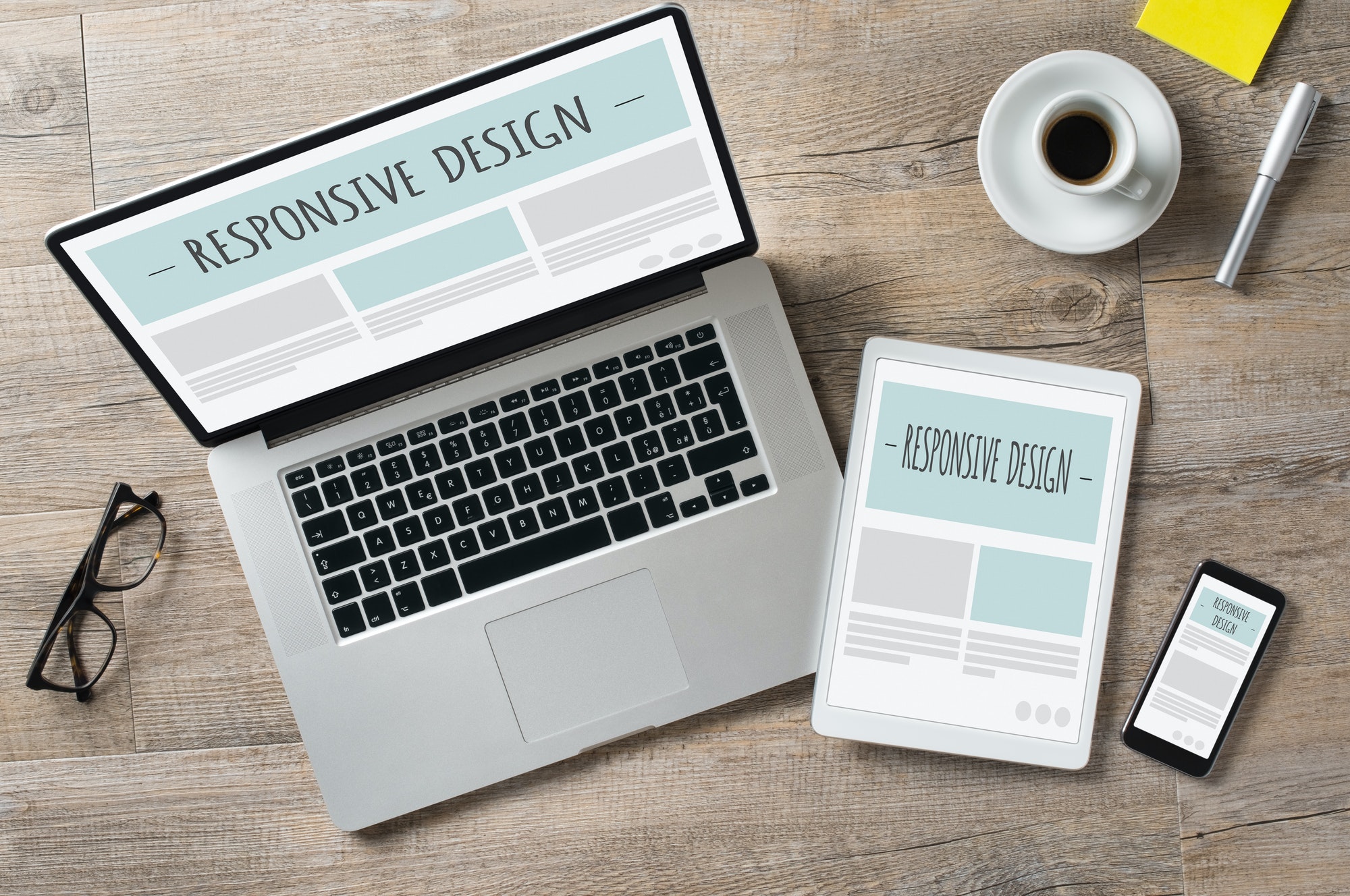Understanding the difference between adaptive and responsive design is becoming more critical for app and web designers to note. Understanding this and making insightful choices can help plan and execute your designs with more purpose and aim and a better result. Today we are talking about adaptive vs. responsive design and which one is better.
As mobile devices are now very pervasive and diverse, designers have to cater to different screen sizes. Users access online information in different ways today, from their smartwatches to the giant monitor, and this is a significant challenge for both web designers and app designers. Designers are responsible for bridging the gap between the two ‘opposite’ devices, and there are two options: adaptive design or responsive design.
The difference between these two design types has caused a lot of confusion already. For people that aren’t trained and lack the experience of either one of these styles, the boundaries aren’t well set. However, if one looks closely enough, the difference is clear to see.
Responsive Website Design
Ethan Marcotte was the web designer that coined the term “Responsive Design” in a book he authored: Responsive Web Design. This design type responds to changes in the browser’s width by adjusting its design element placement so that it fits into the available space.

A website with a responsive design will use available space on the browser as the basis for the content it shows. If this website is opened on a desktop and the browser window size is changed, it will dynamically move to rearrange itself till it’s optimized for the window. This process also takes place automatically on mobile devices—the website checks for the space that’s available and arranges itself in an ideal manner.
Responsive design is fluid and straightforward so that users can access and enjoy the internet just the same way as on a huge monitor. For this to take place, responsive design needs to have a good concept of the website and an understanding of the users’ wants and needs.
Adaptive Website Design
This was introduced by Aaron Gustafson, web designer, in 2011 in a book he also authored: Adaptive Web Design. It is also referred to as a website’s progressive enhancement.

As stated in numerous writing services reviews, while the responsive design is based on changing design patterns to fit into available space, the adaptive design already has multiple layouts with fixed sizes. Once the website detects the available space, it chooses the layout that suits the screen the most. So, when users open the website on a desktop, it selects the most appropriate layout for the desktop screen, and changing the size of the browser doesn’t impact the design.
Websites such as Amazon, Apple, USA Today, and About.com have quickly embraced adaptive design and are configured as mobile-optimized websites. The layout of an adaptive website design on a mobile device may differ from the one displayed on the desktop version. This is because there are different layouts for desktop screens and phone screens selected by the designer. So the design doesn’t need to rearrange itself. There are six common screen widths used in the adaptive design. These are 1600, 1200, 960, 760, 420, and 320 pixels.
Comparing Both Adaptive And Responsive Designs
If you don’t have any previous experience in web design, you might not be able to differentiate between adaptive and responsive design.
To compare both with ease, we will consider some of the major components:
Layout
In responsive design, the browser window of the website visitors determines the layout of the website. However, with adaptive design, the layout isn’t determined by browser or client but on the back end. This design gives a unique template for different classes of devices. The server uses factors such as operating system and device type to determine the ideal layout.
Load Time
A slow website is repulsive to everyone. As people are impatient, they are likely to bounce if the website loads slowly or takes more than 3 seconds. Generally, adaptive designs have a faster load time than responsive design because it only transfers necessary and specific assets to the device.
For instance, if you watch an adaptive design with a high-quality display, there may be adjustments to the image to load faster depending on the end user’s display. However, it doesn’t always work like this. Companies are developing a feature responsive design to push all inline images (dynamic and static) to fit different screen resolutions and sizes automatically.
Difficulty Building
For some, this topic is very touchy. Some people favor the argument that it’s more challenging to build adaptive designs because of the different layouts that different devices require. On the other hand, a responsive design requires one single layout, which, according to them, is the easier one to implement.
However, although responsive designs have just one layout for different devices, it takes more time and effort upfront. For responsive design, you need extra attention for the website, and it has to be organized to ensure that it functions fully on different screen sizes.
Flexibility
Designers consider adaptive design less flexible as new devices with screen sizes that aren’t accounted for can break your layout. So you might have to create a new layout or edit a previous one. Screen sizes are highly variable and constantly changing.
This means that a responsive design doesn’t need as much maintenance as an adaptive design. Responsive websites are more flexible and can work on all sizes by default, even if it’s new screen size. With adaptive websites, you’ll require occasional maintenance.
SEO Friendliness
Google recommends responsive design and rewards sites according. Websites that are mobile-friendly always rank higher on SERPs. On the other hand, an adaptive website design can have challenges with SEO.

Conclusion
With newer devices entering the market regularly, everyone worldwide is getting to adapt to this, including the web designer. However, it makes it more challenging to choose between adaptive and responsive design.
If you need a convenient and cost-effective way to build a seamless and highly functional user experience, then responsive web design is more appropriate for you. Responsive sites also require less maintenance. However, if you want a personalized user experience, then the adaptive design is appropriate.
Charlie Svensson
Is a fast, engaging freelance writer. He is one of the essay writers skilled in content writing and blogging to provide assignment writing services. His posts’ favorite topics are education, social media, marketing, SEO, motivation, blogging, and self-growth. Excellent adaptability of skills to reach diverse audiences.
Share at:ChatGPTPerplexityGrokGoogle AI 





